
Peoples and Languages
Social Media
Leave comments, suggestions, keep an eye on news in our groups on VK, Odnoklassniki and Telegram channel
Peoples and Languages
Social Media
Leave comments, suggestions, keep an eye on news in our groups on VK, Odnoklassniki and Telegram channel

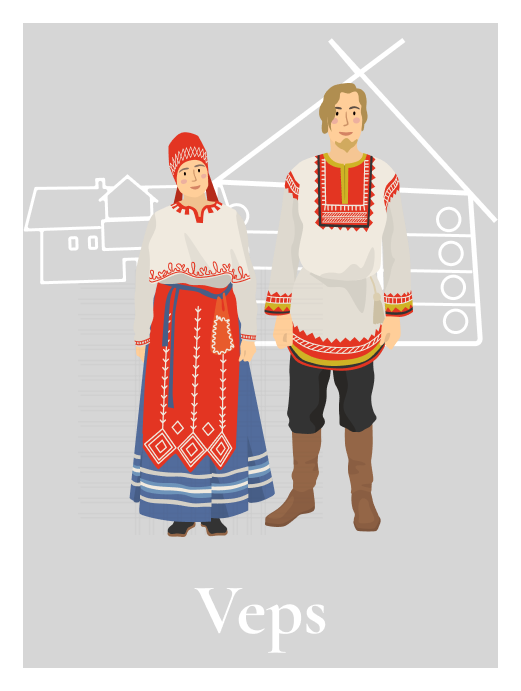
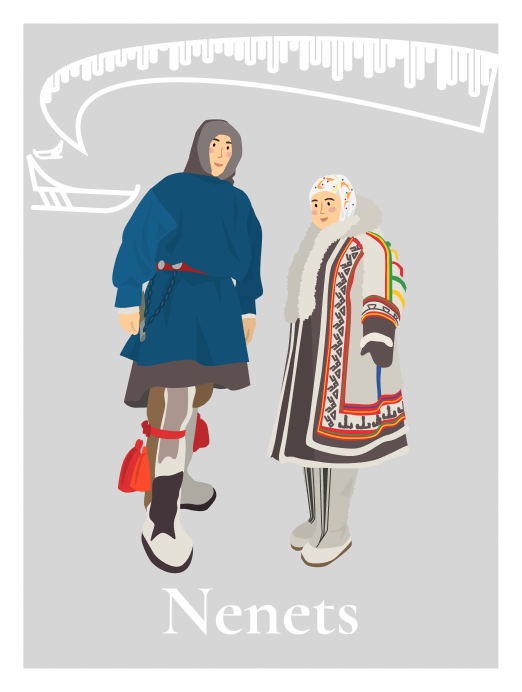
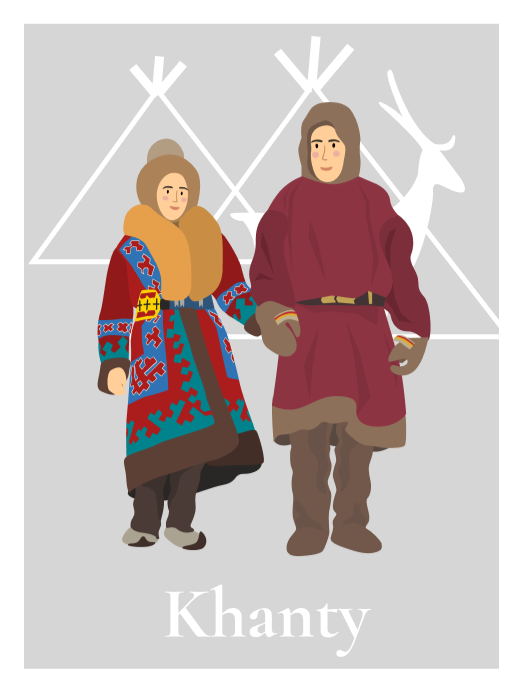
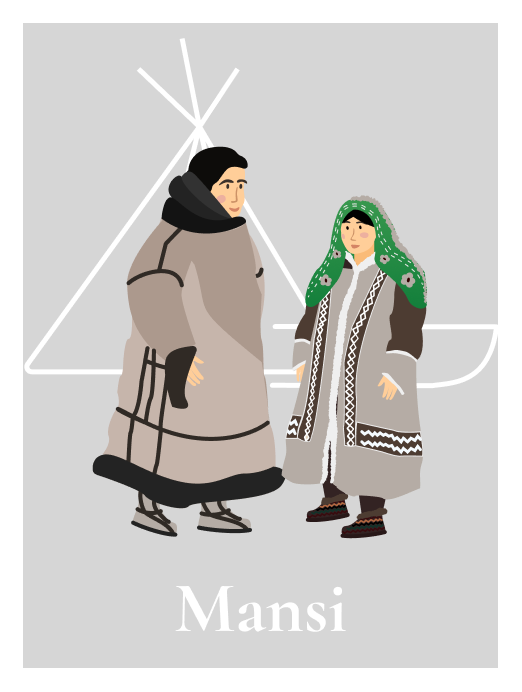


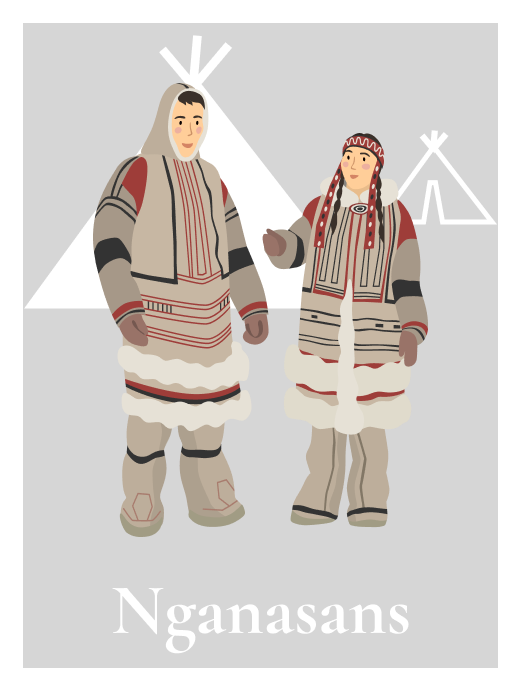

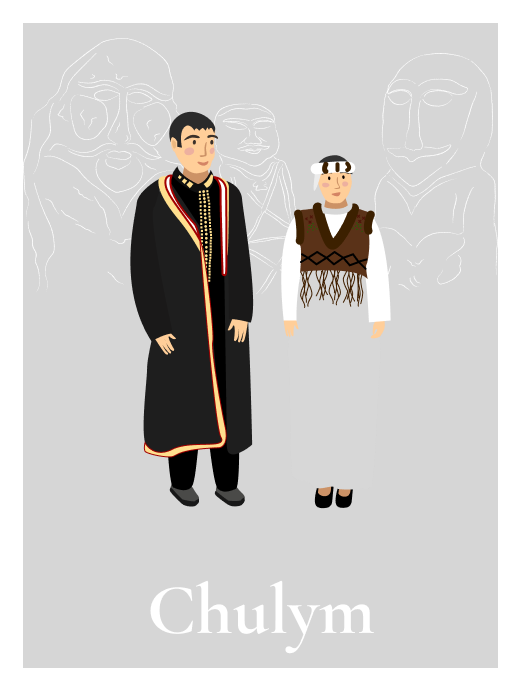

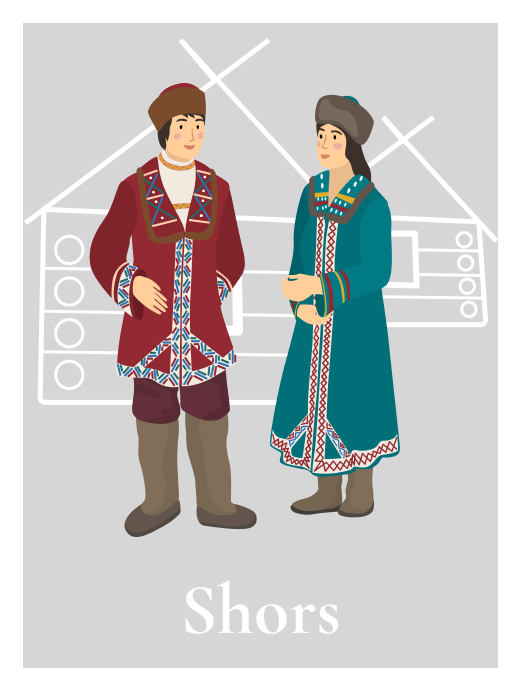
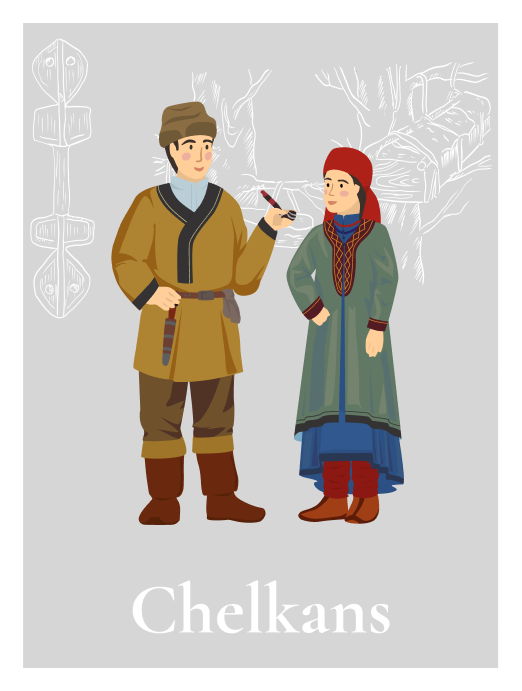


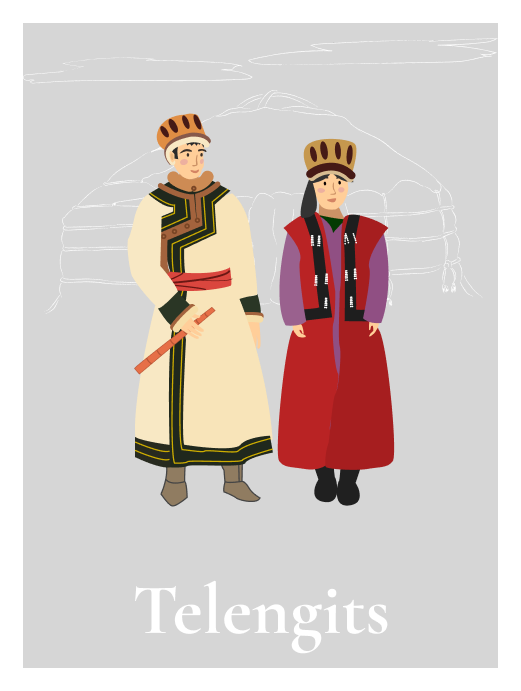
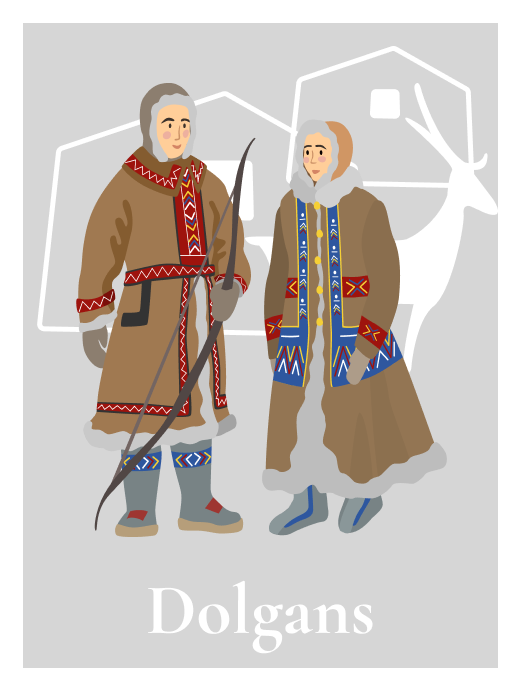
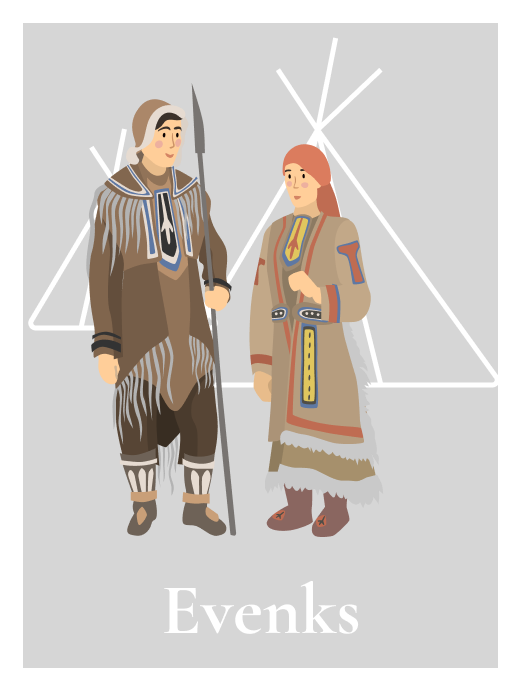


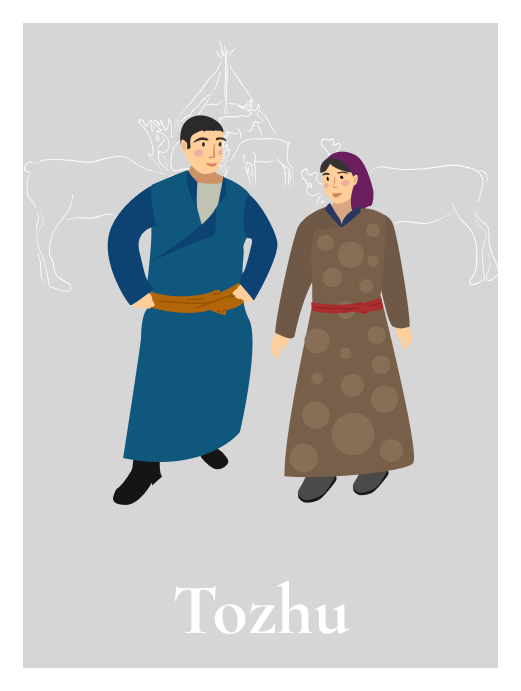



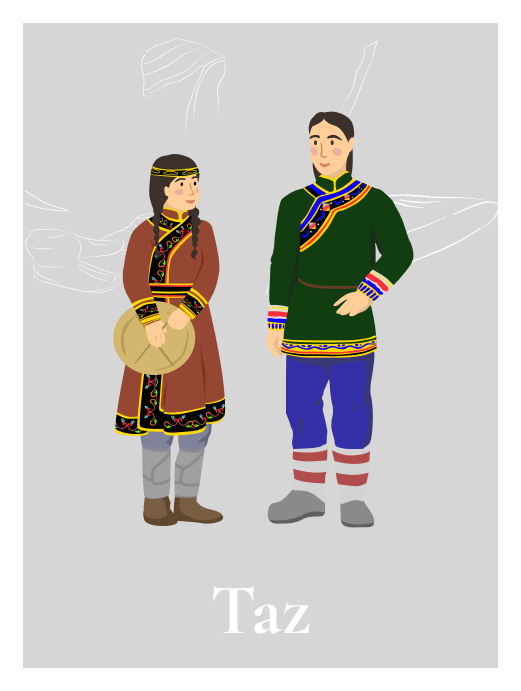

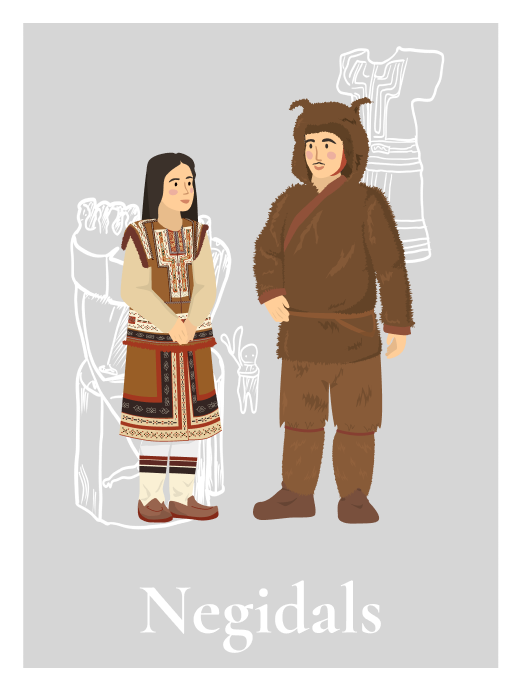



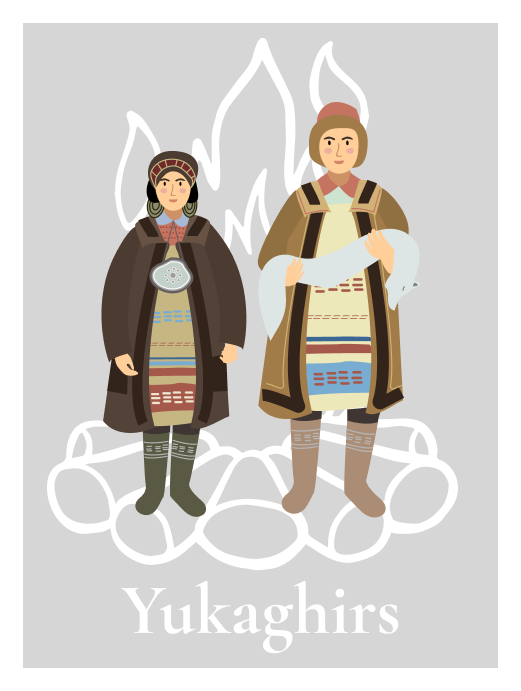


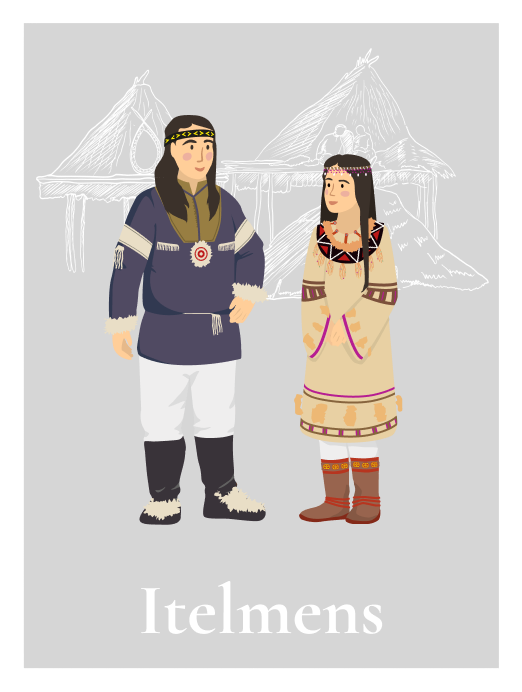

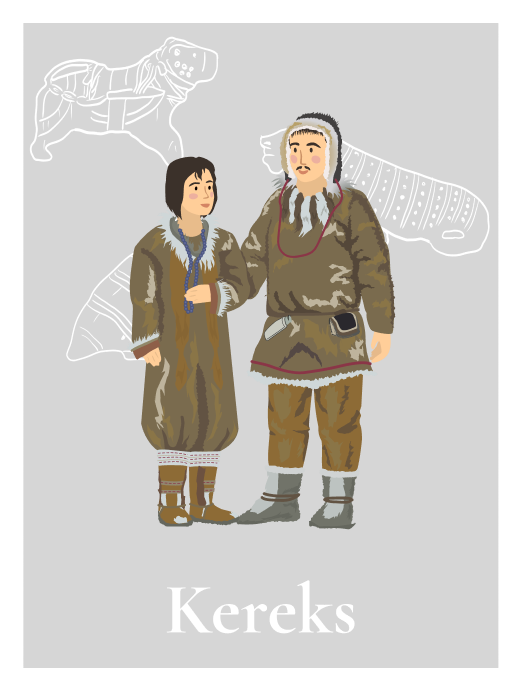
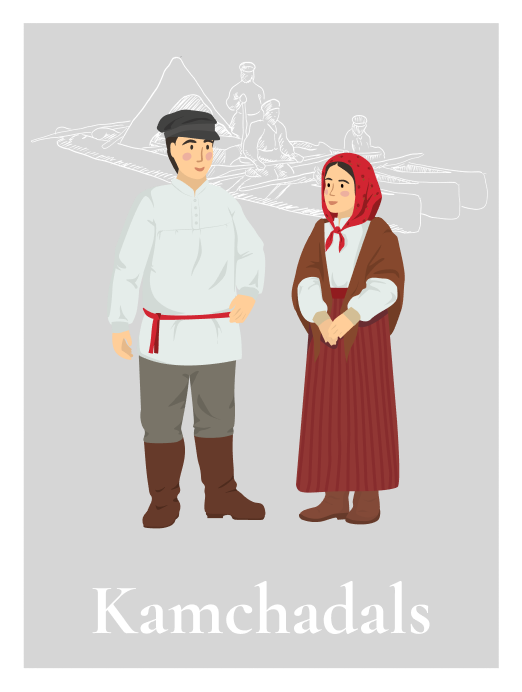

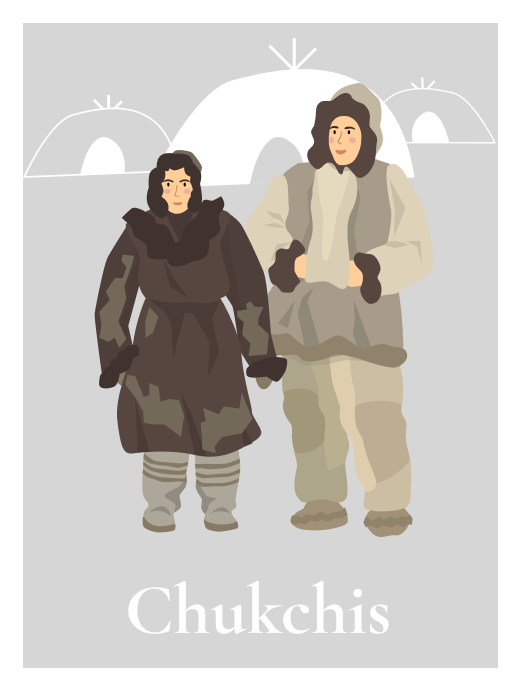
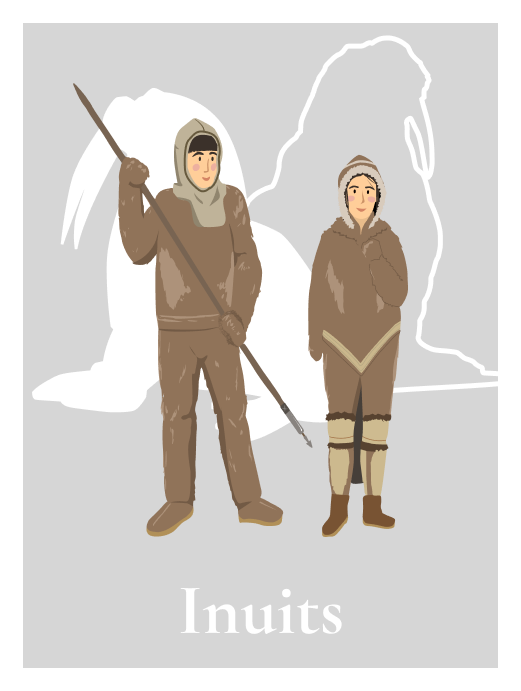
The following names are used in Russian: Forest dialect of the Enets language, Bai dialect, Bai, Pe-Bai; Enets language without specification; Yenisey Samoyed dialect, as a name for both Enets languages.
The self-designation of Forest Enets speakers is онɛй энчуу. The Enets ethnonym, by analogy with Nenets, was artificially introduced in the 1930s. It is used to describe the native speakers of both Enets languages (Forest and Tundra, or, alternatively, Bai and Madu), even though these groups do not have a common ethnic identity. In the past, they also used such names, as Yenisei Samoyeds for native speakers of both Enets languages, as well as Karasin or Baishen Samoyeds for Forest Enets speakers.

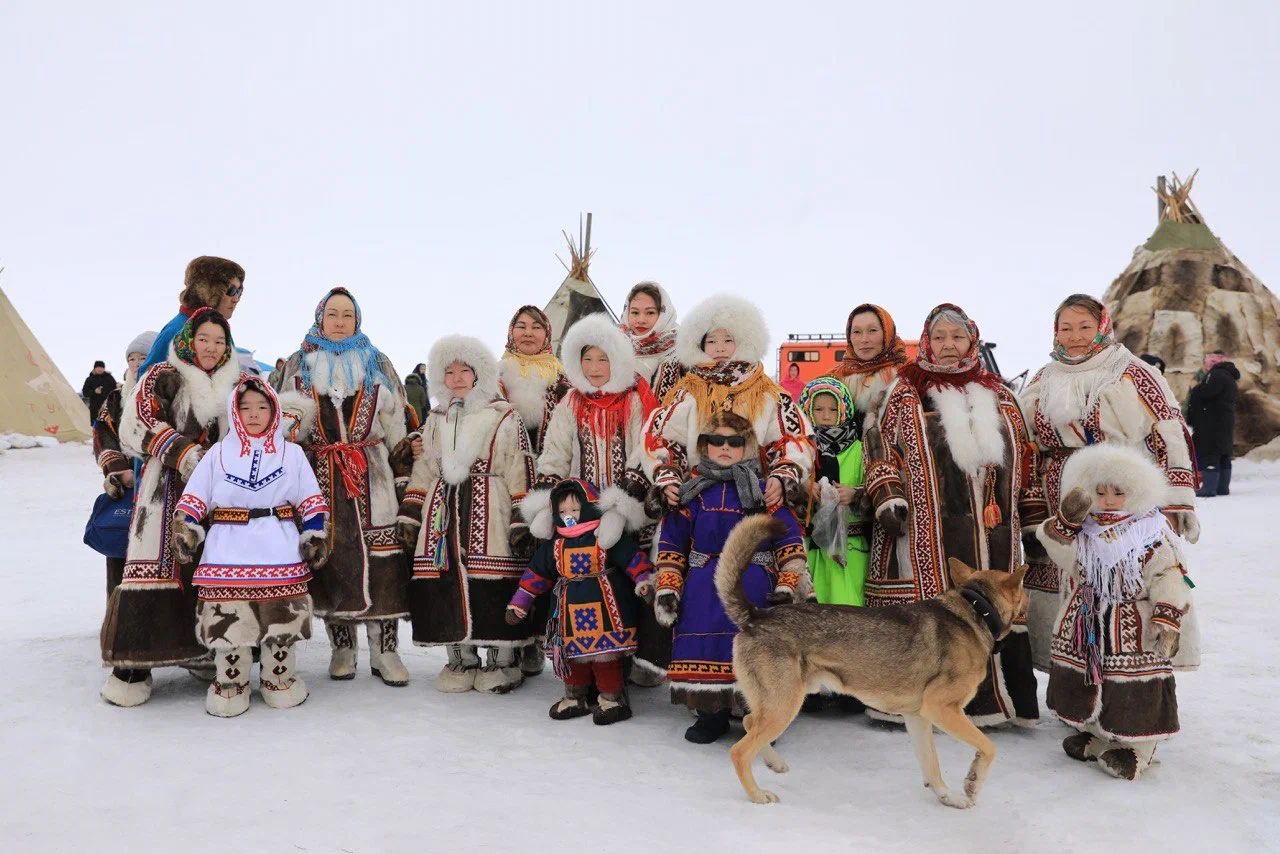
Traditionally, Forest Enets and Tundra Enets are considered as 2 dialects of a single Enets language. They are indeed mutually intelligible: their native speakers are capable of understanding each other, even when they speak their own idioms. At the same time, these two idioms have considerable phonetic and lexical differences, including the most common vocabulary and even personal pronouns. The affinity of Forest and Tundra Enets languages results from their secondary rapprochement due to intensive contacts in the 19th century.